Articles
-
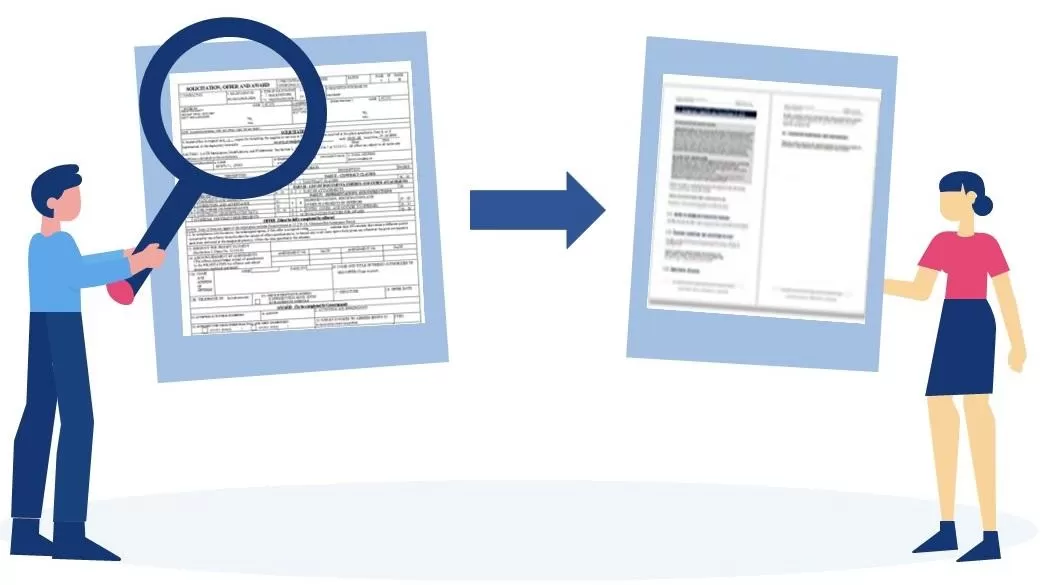 Ambiguity in the language of the RFP can make it difficult to determine what the customer’s expectations are and how you should structure your proposal to fulfill them. Often an RFP will describe in a narrative what they want you to address in your proposal. To prepare your proposal you have to create an outline based on what they have described. You have to decide what topics should get headings and what topics should be addressed under the headings you identify. Doing this will involve
Ambiguity in the language of the RFP can make it difficult to determine what the customer’s expectations are and how you should structure your proposal to fulfill them. Often an RFP will describe in a narrative what they want you to address in your proposal. To prepare your proposal you have to create an outline based on what they have described. You have to decide what topics should get headings and what topics should be addressed under the headings you identify. Doing this will involve- 0 comments
- 5,378 views
-
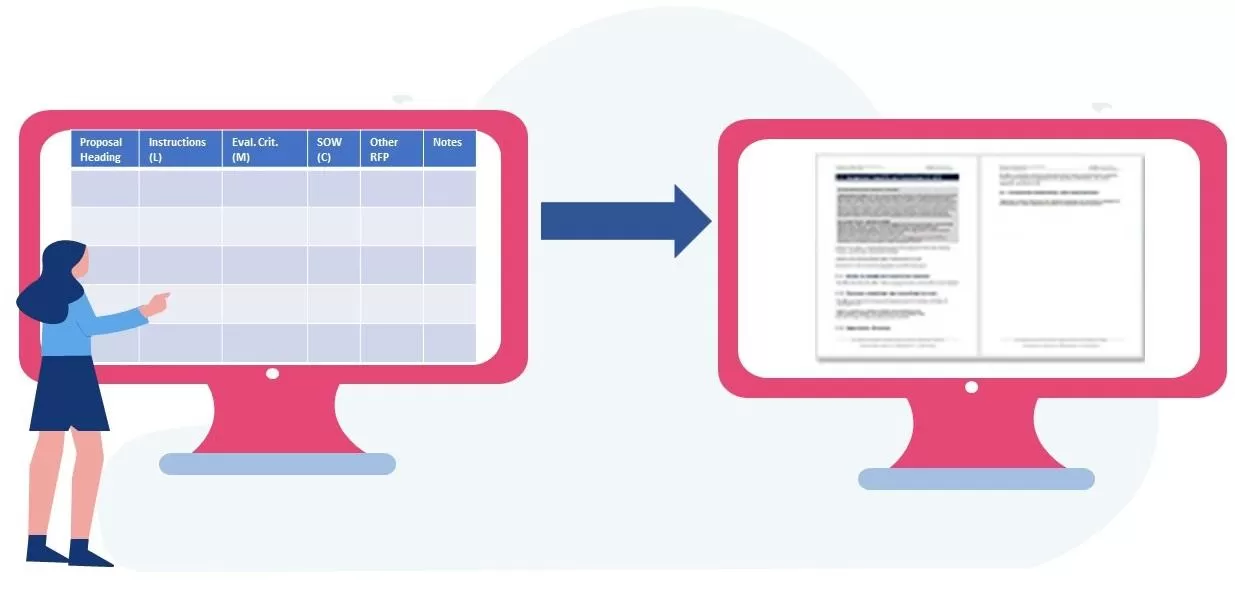 Steps for creating a proposal outline: Create a Compliance Matrix based on the RFP. Create the outline as you parse the RFP requirements in the Compliance Matrix. Use the outline to begin Proposal Content Planning, where you figure out everything else that needs to go into your proposal in order to win. Creating the outline and the compliance matrix go hand in hand. You should start by following any instructions the RFP may contain regarding how
Steps for creating a proposal outline: Create a Compliance Matrix based on the RFP. Create the outline as you parse the RFP requirements in the Compliance Matrix. Use the outline to begin Proposal Content Planning, where you figure out everything else that needs to go into your proposal in order to win. Creating the outline and the compliance matrix go hand in hand. You should start by following any instructions the RFP may contain regarding how- 0 comments
- 683 views
-
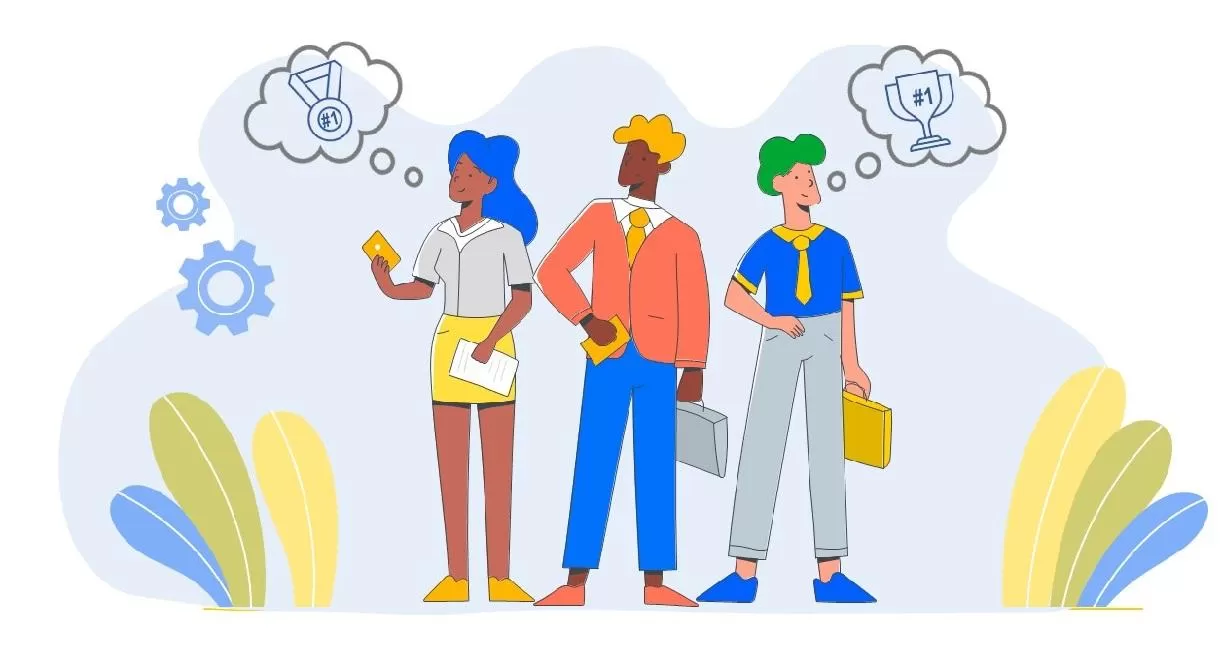 Four ways to determine what it will take to win: What it will take to win will be different with each pursuit. Readiness Reviews help you collect intelligence about the customer, opportunity, and competitive environment, but you still need to assess it to determine what it will take to win. Here are four different ways to look at things to help you assess what it will take to win: What will it take to convince the customer to select you? What motivates the customer? What matters to
Four ways to determine what it will take to win: What it will take to win will be different with each pursuit. Readiness Reviews help you collect intelligence about the customer, opportunity, and competitive environment, but you still need to assess it to determine what it will take to win. Here are four different ways to look at things to help you assess what it will take to win: What will it take to convince the customer to select you? What motivates the customer? What matters to- 0 comments
- 173 views
-
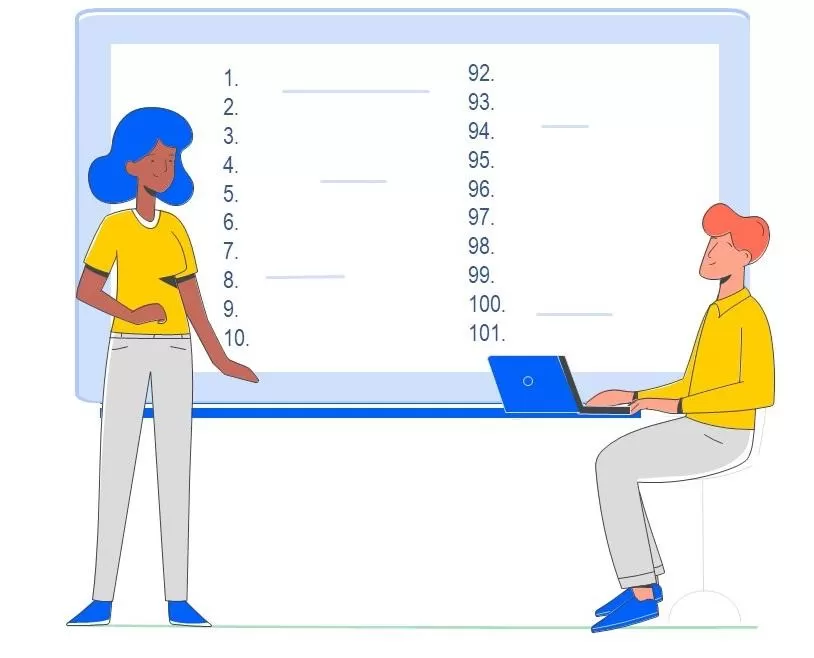 The following list of potential themes is intended to provide inspiration. Each theme below is followed by an example. However, details and substantiation are what separate an empty claim from a persuasive statement. Use the words below for inspiration, but make sure you include the specifics of their environment and your solution and how it will benefit your customer so that your themes will really stand out. The following list provides 101 Win Themes for
The following list of potential themes is intended to provide inspiration. Each theme below is followed by an example. However, details and substantiation are what separate an empty claim from a persuasive statement. Use the words below for inspiration, but make sure you include the specifics of their environment and your solution and how it will benefit your customer so that your themes will really stand out. The following list provides 101 Win Themes for- 0 comments
- 0 views
-
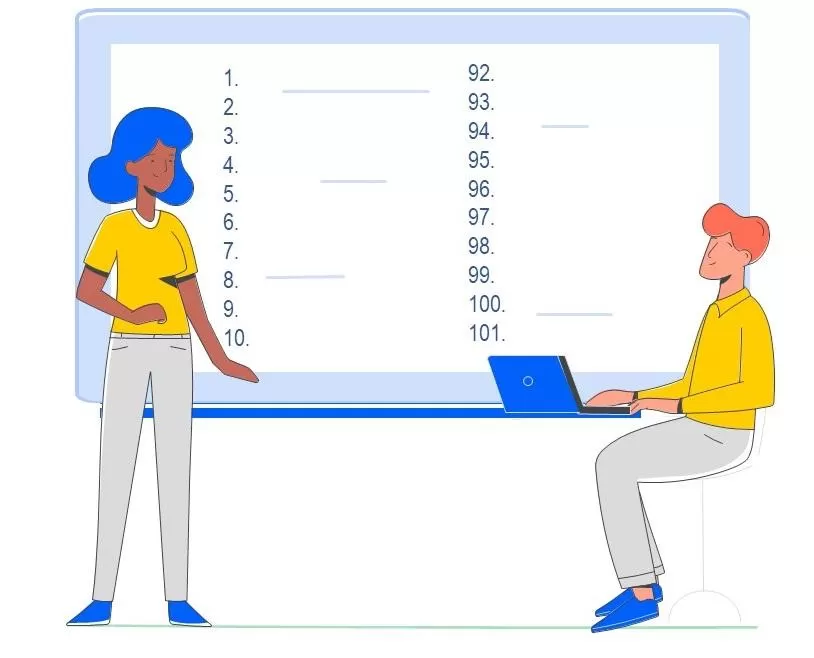 The following list of potential themes is intended to provide inspiration. Each theme below is followed by an example. However, details and substantiation are what separate an empty claim from a persuasive statement. Use the words below for inspiration, but make sure you include the specifics of their environment and your solution and how it will benefit your customer so that your themes will really stand out. The following list provides 101 Win Themes for
The following list of potential themes is intended to provide inspiration. Each theme below is followed by an example. However, details and substantiation are what separate an empty claim from a persuasive statement. Use the words below for inspiration, but make sure you include the specifics of their environment and your solution and how it will benefit your customer so that your themes will really stand out. The following list provides 101 Win Themes for- 0 comments
- 543 views
-
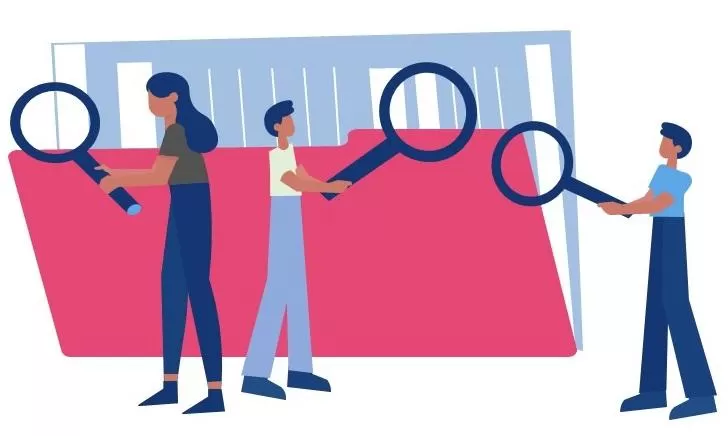 Themes come from many sources, all of which depend on having the right information. These include what you know about: The opportunity The customer The competitive environment Yourself and your offering The RFP The following table can help point you in the right direction to identify themes for your proposal: Source Consider Topics Like: Opportunity Intelligence What are thei
Themes come from many sources, all of which depend on having the right information. These include what you know about: The opportunity The customer The competitive environment Yourself and your offering The RFP The following table can help point you in the right direction to identify themes for your proposal: Source Consider Topics Like: Opportunity Intelligence What are thei- 0 comments
- 220 views
-
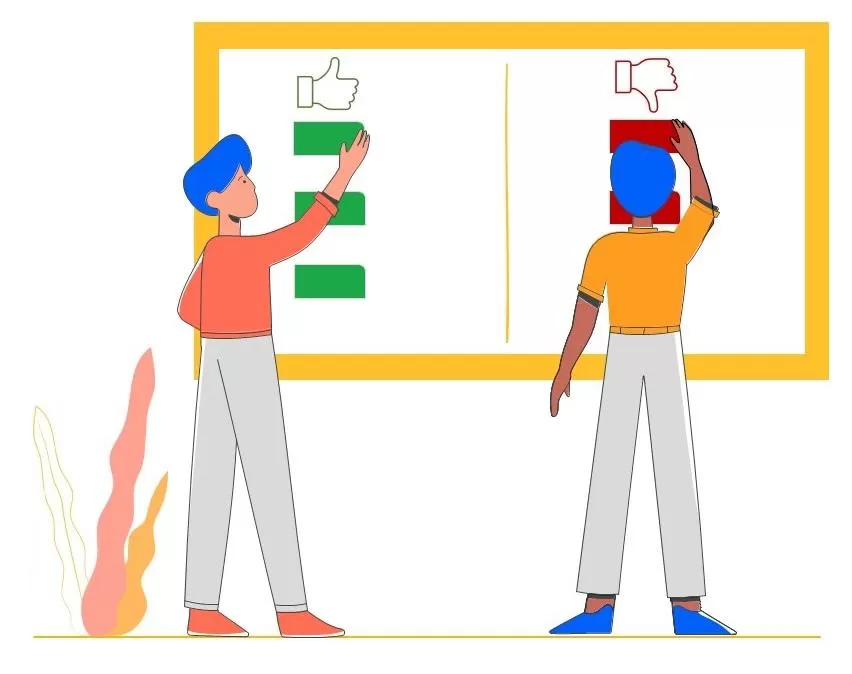 Attributes of good themes: Does it reflect a result or benefit to the customer instead of an attribute of your offering? Does it matter? Is it believable? Does it address what the customer wants? Does it discriminate you from your competition? Does it reflect the conclusion you want the reader to reach? Can it be scored? Bad Themes: Do not pass the “So what?” test Matter to the writer, but not to the evaluator Are impossi
Attributes of good themes: Does it reflect a result or benefit to the customer instead of an attribute of your offering? Does it matter? Is it believable? Does it address what the customer wants? Does it discriminate you from your competition? Does it reflect the conclusion you want the reader to reach? Can it be scored? Bad Themes: Do not pass the “So what?” test Matter to the writer, but not to the evaluator Are impossi- 0 comments
- 198 views
-
 Most proposal theme statements are either: Grandiose statements that sound like bragging and are completely unsubstantiated. Like being the largest, best-industry leader ever. Or: Bland, boring statements that the customer should pick the company submitting the proposal without explaining why. So much blah, blah, blah. Both of them are a result of trying to describe yourself in favorable terms or how you want to be seen. But they don’t provide any value to the customer or h
Most proposal theme statements are either: Grandiose statements that sound like bragging and are completely unsubstantiated. Like being the largest, best-industry leader ever. Or: Bland, boring statements that the customer should pick the company submitting the proposal without explaining why. So much blah, blah, blah. Both of them are a result of trying to describe yourself in favorable terms or how you want to be seen. But they don’t provide any value to the customer or h- 0 comments
- 197 views
-
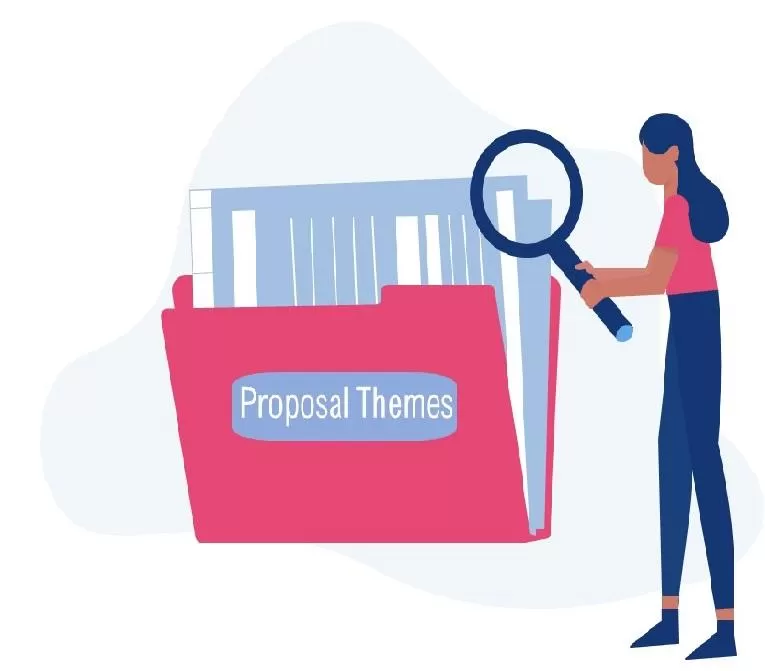 Win strategies and themes provide the customer with a reason to select you. If you do not communicate them to your writers, the proposal will not be written to substantiate them. You should distribute a copy of your win strategies and themes that you want your writers to substantiate. You can use this form to help identify them. You should prepare a list of theme statements before the RFP is released so that your plans reflect your win strategies. Once
Win strategies and themes provide the customer with a reason to select you. If you do not communicate them to your writers, the proposal will not be written to substantiate them. You should distribute a copy of your win strategies and themes that you want your writers to substantiate. You can use this form to help identify them. You should prepare a list of theme statements before the RFP is released so that your plans reflect your win strategies. Once- 0 comments
- 151 views
-
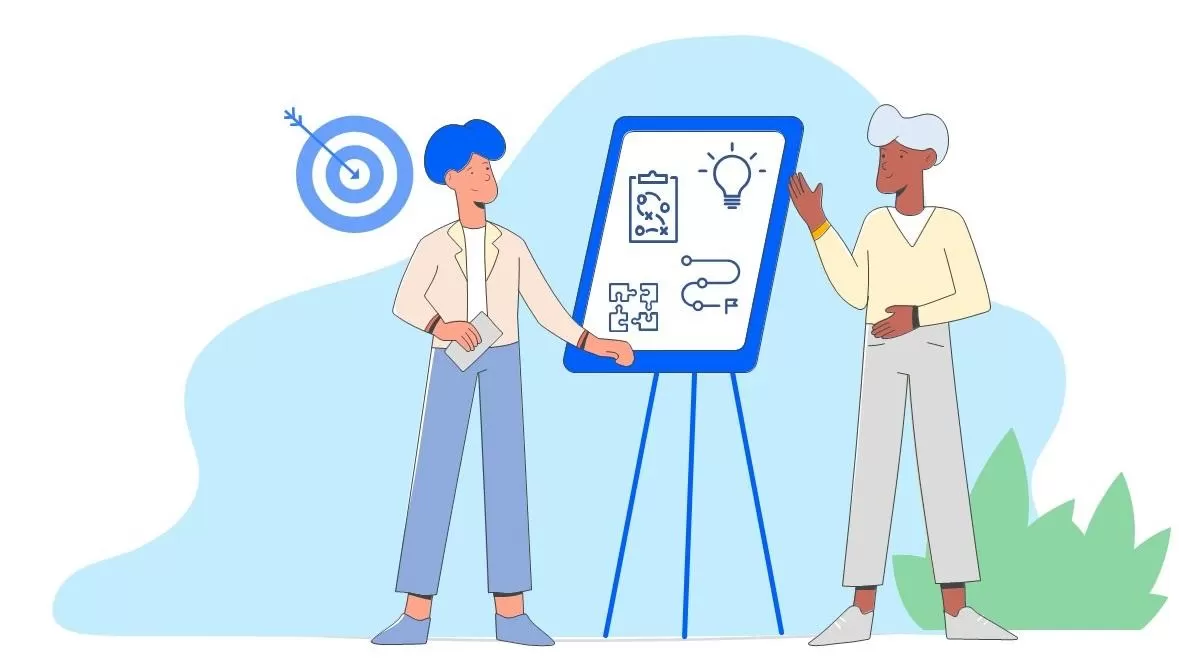 Proposal themes are how you implement your win strategies in writing. They articulate the reasons why the evaluation should select you. In your final proposal, themes can take many forms. They can be headings and subheadings, go in text boxes, be part of the text, or be captions for graphics. In a sense, the entire proposal can be thought of as one big theme statement. How you present them is determined by the design of your proposal template. In order to be effective, your theme
Proposal themes are how you implement your win strategies in writing. They articulate the reasons why the evaluation should select you. In your final proposal, themes can take many forms. They can be headings and subheadings, go in text boxes, be part of the text, or be captions for graphics. In a sense, the entire proposal can be thought of as one big theme statement. How you present them is determined by the design of your proposal template. In order to be effective, your theme- 0 comments
- 192 views
-
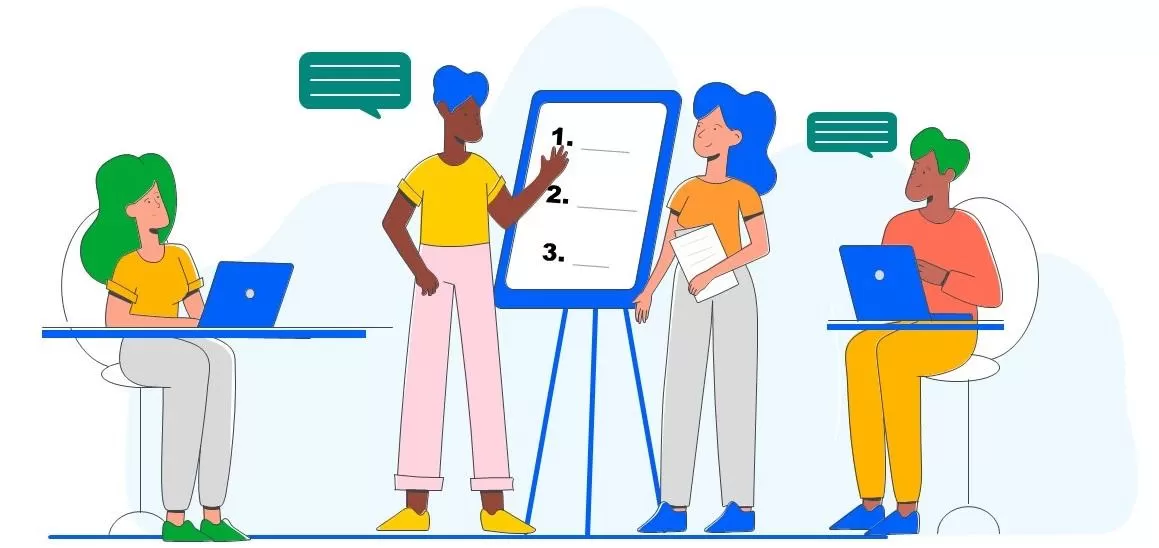 Kickoff meetings can help get everyone on the same page, with the same set of expectations The Proposal Manager should determine the schedule, agenda, and goals for the kickoff meeting. The Proposal Manager should coordinate with the Capture Manager, Executive Sponsor, and other key stakeholders prior to the meeting, and then lead the meeting when it is time. Kickoff meetings are held to announce the start of the proposal. At the kickoff meeting you may:
Kickoff meetings can help get everyone on the same page, with the same set of expectations The Proposal Manager should determine the schedule, agenda, and goals for the kickoff meeting. The Proposal Manager should coordinate with the Capture Manager, Executive Sponsor, and other key stakeholders prior to the meeting, and then lead the meeting when it is time. Kickoff meetings are held to announce the start of the proposal. At the kickoff meeting you may:- 0 comments
- 318 views
-
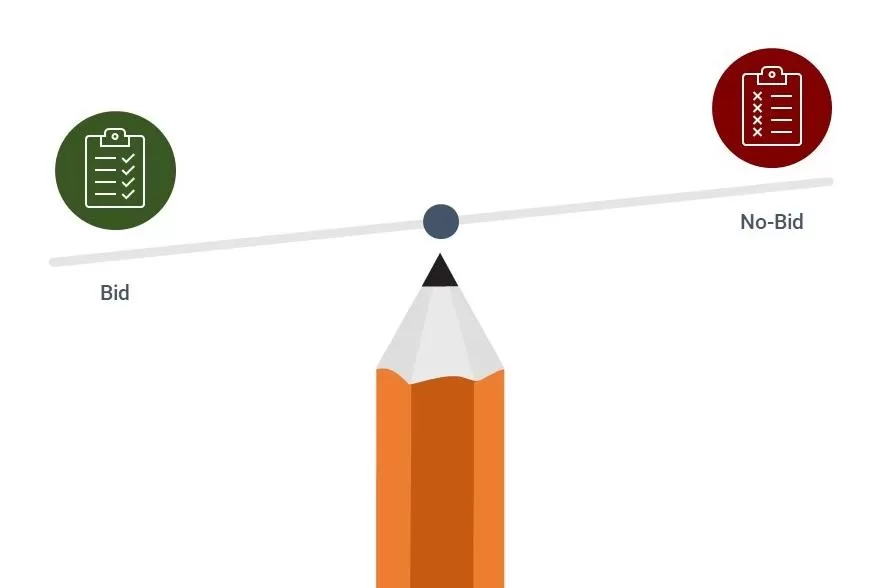 You should make a conscious decision whether a pursuit is worth investing in Think about the price of continued investment and not what you have already spent. Discipline is required to “no bid” opportunities that are a bad match, not worth pursuing, or simply questionable. The burden should be on justifying pursuit of the opportunity, and not on cancelling it. Deciding whether to bid an opportunity is not just a matter of guessing how much mone
You should make a conscious decision whether a pursuit is worth investing in Think about the price of continued investment and not what you have already spent. Discipline is required to “no bid” opportunities that are a bad match, not worth pursuing, or simply questionable. The burden should be on justifying pursuit of the opportunity, and not on cancelling it. Deciding whether to bid an opportunity is not just a matter of guessing how much mone- 0 comments
- 896 views
-
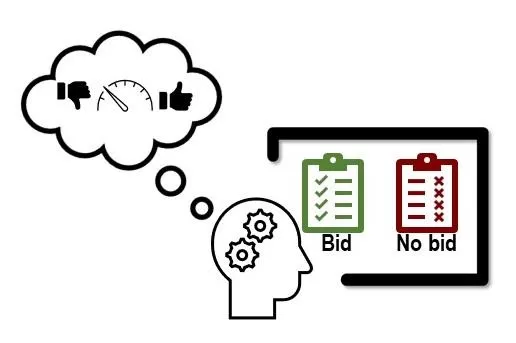 If we had to pick one thing to change that would have the most impact on an organization’s ability to win, it would be how they approach bid/no bid decisions. If you think of them as just being about deciding whether to bid, you’re missing a tremendous opportunity, because they can have a much greater impact on how you bid, than just on if you bid. Do you know what percentage of bids you drop at each stage or do you never drop anything? Do the things you bid reinforce your strateg
If we had to pick one thing to change that would have the most impact on an organization’s ability to win, it would be how they approach bid/no bid decisions. If you think of them as just being about deciding whether to bid, you’re missing a tremendous opportunity, because they can have a much greater impact on how you bid, than just on if you bid. Do you know what percentage of bids you drop at each stage or do you never drop anything? Do the things you bid reinforce your strateg- 0 comments
- 236 views
-
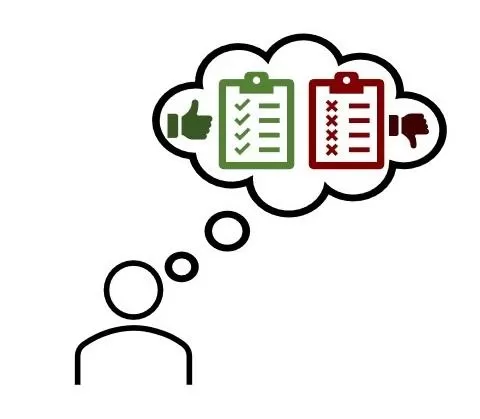 Making effective bid decisions: Every pursuit progress review should be considered a “Bid/No Bid review.” Bid decisions should be about return on investment and not gambling. At each step, the decision should be whether to commit the resources required to get to the next decision point. You can't accurate predict your chances of winning, but you can assess whether you have met the conditions required to bid with a competitive advantage.
Making effective bid decisions: Every pursuit progress review should be considered a “Bid/No Bid review.” Bid decisions should be about return on investment and not gambling. At each step, the decision should be whether to commit the resources required to get to the next decision point. You can't accurate predict your chances of winning, but you can assess whether you have met the conditions required to bid with a competitive advantage.- 0 comments
- 360 views
-
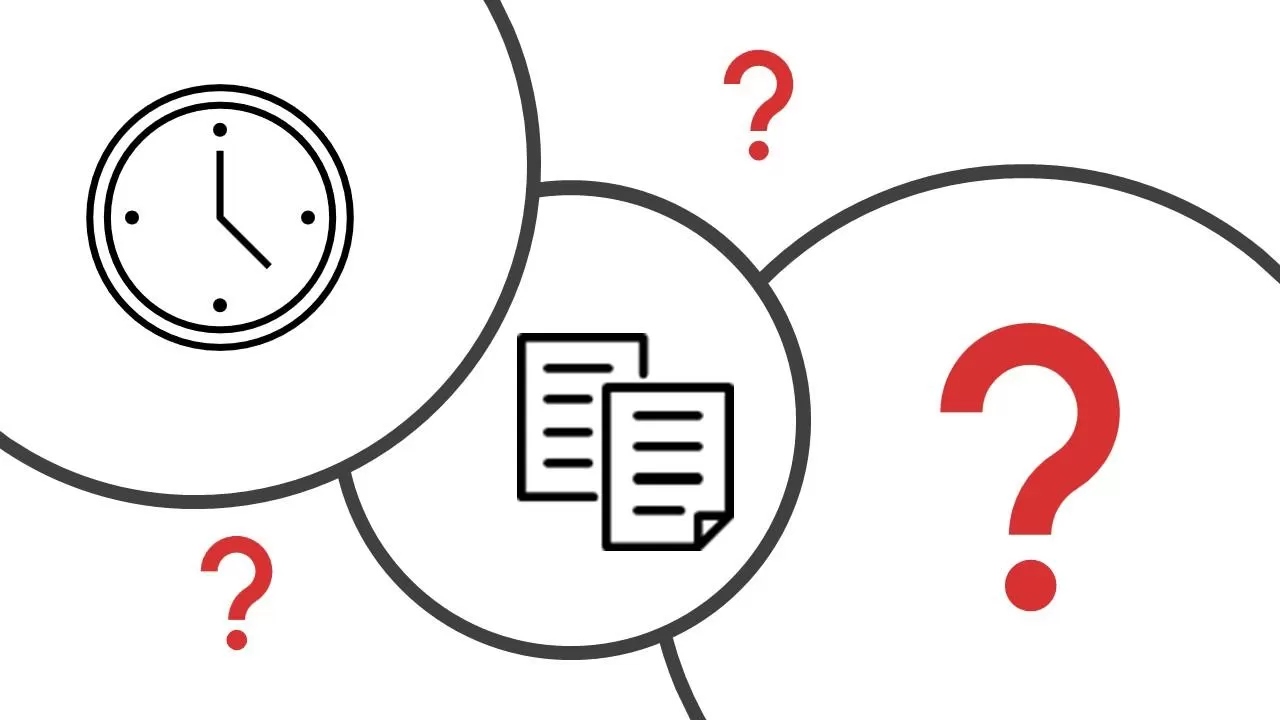 If you complete all of your opportunity readiness reviews but the RFP does not come out on time, you should put a monitoring program into place. Your plans are based on the earliest anticipated RFP release. But what if it gets delayed or comes out later than that? The Business Developer and Capture Manager should take advantage of that time. The Executive Sponsor should set up a schedule (weekly, bi-weekly, monthly?) to review the status. Suggestions for what to monitor while you are wai
If you complete all of your opportunity readiness reviews but the RFP does not come out on time, you should put a monitoring program into place. Your plans are based on the earliest anticipated RFP release. But what if it gets delayed or comes out later than that? The Business Developer and Capture Manager should take advantage of that time. The Executive Sponsor should set up a schedule (weekly, bi-weekly, monthly?) to review the status. Suggestions for what to monitor while you are wai- 0 comments
- 160 views
-
 The MustWin Process will not break if you start late. In fact, it tells you exactly what you need to do to get caught up. Regardless of how much time is available, you still need to identify, assess, and achieve what it will take to win. Whether you can achieve it depends on how much time is left after you've identified and assessed it. The MustWin Process accelerates these steps by providing the questions you need to answer and what you need to do. The rea
The MustWin Process will not break if you start late. In fact, it tells you exactly what you need to do to get caught up. Regardless of how much time is available, you still need to identify, assess, and achieve what it will take to win. Whether you can achieve it depends on how much time is left after you've identified and assessed it. The MustWin Process accelerates these steps by providing the questions you need to answer and what you need to do. The rea- 0 comments
- 199 views
-
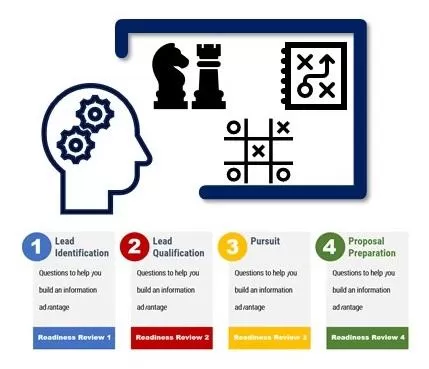 A Strategic Plan, in addition to identifying markets and targets, also defines the high-level positioning for your company. Unless it gets ignored. Most proposals are conducted without any consideration of the strategic plan, and all of the positioning elements like win strategies and themes are re-invented in isolation. Sometimes people who have read the strategic plan try to keep it in mind. The list of questions, goals, and actions items that the Readiness Review methodology uses gives
A Strategic Plan, in addition to identifying markets and targets, also defines the high-level positioning for your company. Unless it gets ignored. Most proposals are conducted without any consideration of the strategic plan, and all of the positioning elements like win strategies and themes are re-invented in isolation. Sometimes people who have read the strategic plan try to keep it in mind. The list of questions, goals, and actions items that the Readiness Review methodology uses gives- 0 comments
- 159 views
-
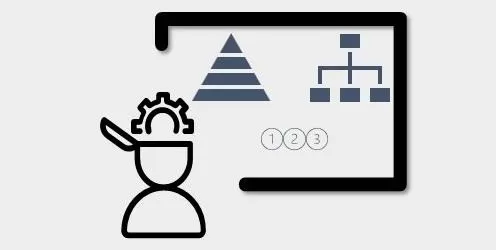 Readiness Reviews are a methodology we invented to ensure that the pre-RFP process delivers the information you need to write the winning proposal. They do this by making better use of the time available (whatever that ends up being) between when you identify a lead and when the RFP will come out. Readiness Reviews prompt people with what to do and provide a means to track progress and even measure effectiveness. They make the pre-RFP pursuit less of some kind of mysterious art and more of a sci
Readiness Reviews are a methodology we invented to ensure that the pre-RFP process delivers the information you need to write the winning proposal. They do this by making better use of the time available (whatever that ends up being) between when you identify a lead and when the RFP will come out. Readiness Reviews prompt people with what to do and provide a means to track progress and even measure effectiveness. They make the pre-RFP pursuit less of some kind of mysterious art and more of a sci- 0 comments
- 292 views
-
 The Capture Manager is responsible for assessing the intelligence collected by the Business Development Manager and turning into the win strategies necessary to win the opportunity. The last Readiness Review is conducted in two parts, one completed by the Business Development Manager and the assessment completed by the Capture Manager. The completion of the last Readiness Review also completes the hand-off from the Business Development Manager having the lead role for the pursuit, and the Captur
The Capture Manager is responsible for assessing the intelligence collected by the Business Development Manager and turning into the win strategies necessary to win the opportunity. The last Readiness Review is conducted in two parts, one completed by the Business Development Manager and the assessment completed by the Capture Manager. The completion of the last Readiness Review also completes the hand-off from the Business Development Manager having the lead role for the pursuit, and the Captur- 0 comments
- 319 views
-
 The following scoring sheet summarizes the questions to be answered, action items to be accomplished, and goals to be achieved for this review. Each one should be assessed to determine if the pursuit is on track to be ready to win at RFP release. Question, Action Item, or Goal Guidance Score Opportunity Intel Do you know the final scope/customer requirements? Has anything changed? Time is running out to take corrective acti
The following scoring sheet summarizes the questions to be answered, action items to be accomplished, and goals to be achieved for this review. Each one should be assessed to determine if the pursuit is on track to be ready to win at RFP release. Question, Action Item, or Goal Guidance Score Opportunity Intel Do you know the final scope/customer requirements? Has anything changed? Time is running out to take corrective acti- 0 comments
- 352 views

